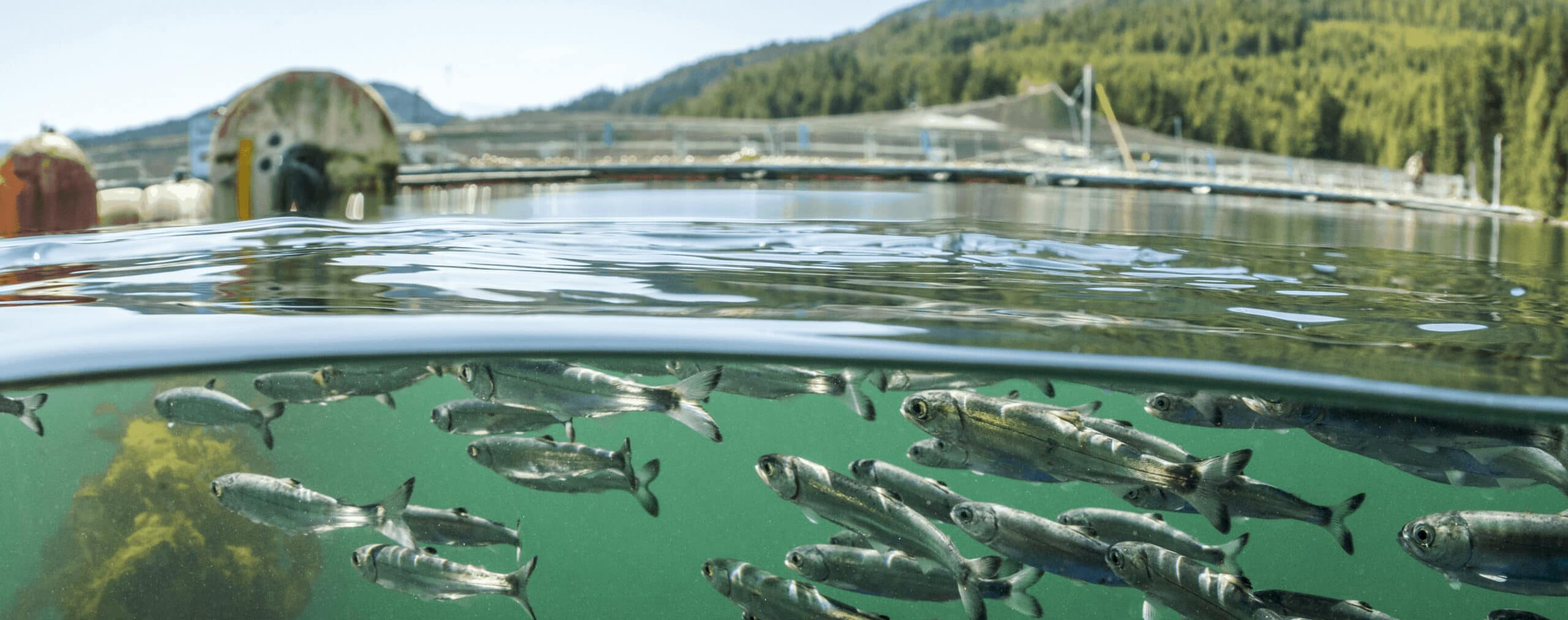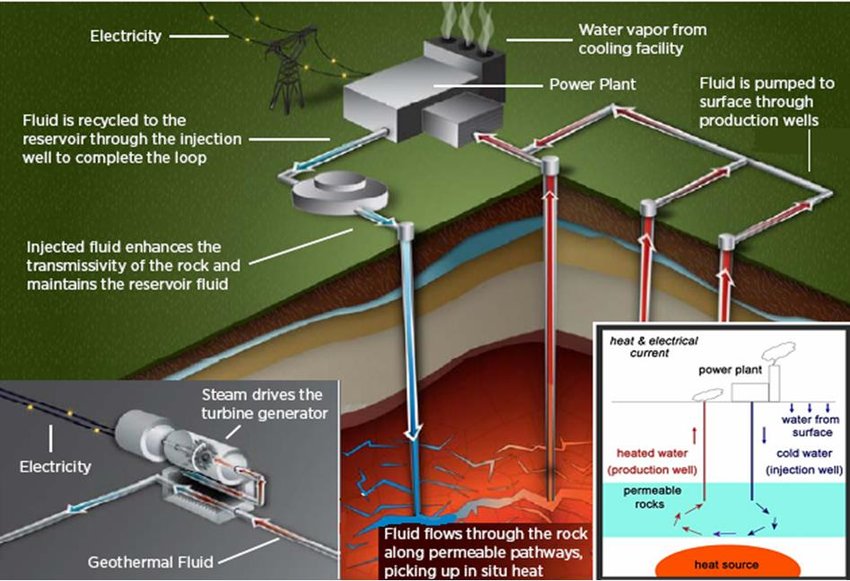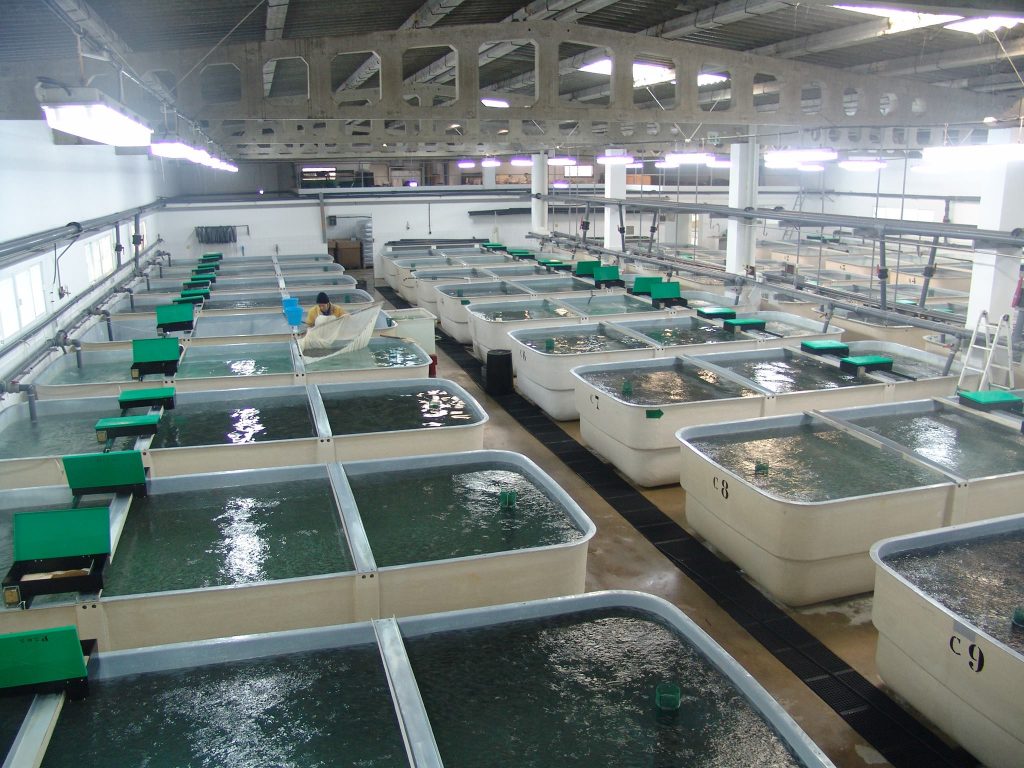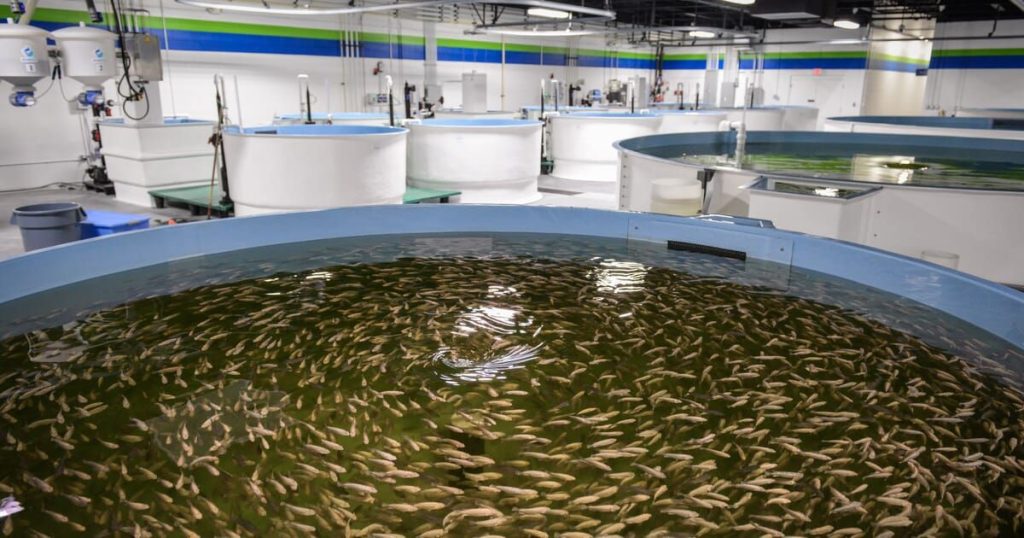
Geothermal energy can be used for heating water in fish farms, providing a sustainable and cost-effective way to raise fish and other aquatic organisms.
By using geothermal heat to maintain the temperature of the water in the fish tanks, farmers can reduce their reliance on fossil fuels and improve their overall energy efficiency.
The use of geothermal energy for fish farming has several advantages. First, it is a low-carbon and sustainable energy source, which can help reduce greenhouse gas emissions and mitigate climate change.
Second, geothermal heat is consistent and reliable, which can provide stable and optimal growing conditions for fish, leading to higher yields and better quality products. Third, using geothermal energy can help to reduce energy costs and improve the economic viability of fish farming operations.
Aquaculture is the everyday advancing technique for fish and other aquatic animals to be raised in a controlled environment. In another saying, it is the farming of fish, shellfish, and other freshwater or marine (saltwater) living creatures. Using geothermal water in aquaculture helps keep water temperatures consistent, which increases survival rates and makes the creatures grow faster.
Low-temperature geothermal resources that are not hot enough to produce electricity are very useful to fish farmers. Animals grown in water of the proper temperature grow faster and larger than those in cold water or water with fluctuating temperatures.
They are also more resistant to disease and die less frequently.
Fish farmers with access to geothermal water can use it to regulate the temperatures of their fish ponds.
Geothermal power is significantly more sustainable than fossil fuels, helping fisheries meet eco-consumer demands. Farmers can increase their sales by shrinking their products’ carbon footprints. They may also improve aquatic conditions by reducing greenhouse gas emissions.
Fish farms that rely on fossil fuels decrease local air quality.
Farmers’ long-term exposures to emissions can harm their lung health.
Over time, individuals’ risk of asthma, lung cancer and other respiratory diseases increases.
Iceland & Aquaculture
In the middle of the 1980s there was a marked increase in the number of fish farms in Iceland. For a while there were more than 100 fish farms in operation, many of them quite small. The industry encountered teething problems and almost collapsed. Since 1992, the production has been slowly increasing, totalling 6,200 tons in 2003 in about 50 plants. Salmon is the most important species, accounting for about 70% of the production, but that of arctic char and trout has increased too. Experiments with halibut and cod are promising.
Initially, Iceland’s fish farming industry was mainly practised in shore-based plants. Geothermal water, commonly at 20-50°C, is used to heat fresh water in heat exchangers, typically from 5 to 12°C. This requires a large consumption of both freshwater and seawater, adding considerably to the operational cost. However, this process is still commonly used, especially when raising trout. The electrical consumption is reduced by injecting pure oxygen into the water and thus cutting down on water changes. Farming fish in cages floating along the shore is becoming more common and has proved to be more economical than shore-based plants that produce salmon. After many years of salmon produced by ocean ranching, the production method was not found to be profitable and has been on the decline. The total geothermal energy used in Iceland’s fish-farming sector is estimated to be 1,600 TJ per year. Iceland’s fish-farming production is expected to increase in the future. This means increased geothermal utilization, especially in smolt production (trout and salmon).
Increasing Fish’s Survival Rates
Aquaculture farmers can rely on geothermal water to minimize disease rates. Maintaining consistent aquatic environments limits stress on fish. Temperature fluctuations can cause biological changes, which reduce a marine species’ immune system efficiency.
Warm water can also naturally treat aquatic diseases. Researchers in Colorado explored the relationship between water temperatures and catfish health. They found rising river water to 32 °C can prevent catfish from developing “ick.”
Overheating water can also harm marine species. High temperatures create a sufficient growth environment for algae, and algal blooms can deplete oxygen levels and create uninhabitable regions. Algae is less likely to take over marine habitats when geothermal energy controls the water temperatures.
Low-temperature geothermal resources that are not hot enough to produce electricity are very useful to fish farmers. Animals grown in water of the proper temperature grow faster and larger than those in cold water or water with fluctuating temperatures.
They are also more resistant to disease and die less frequently.
Fish farmers with access to geothermal water can use it to regulate the temperatures of their fish ponds.
Geothermal power is significantly more sustainable than fossil fuels, helping fisheries meet eco-consumer demands. Farmers can increase their sales by shrinking their products’ carbon footprints. They may also improve aquatic conditions by reducing greenhouse gas emissions.
Fish farms that rely on fossil fuels decrease local air quality.
Farmers’ long-term exposures to emissions can harm their lung health.
Over time, individuals’ risk of asthma, lung cancer and other respiratory diseases increases.
Geothermal Energy in Seafood Production
Farmers can appeal to eco-consumer demands and increase sales when using renewable energy throughout their production processes. Producing feed, growing fish and powering packaging facilities in this manner may help society meet the UN’s global sustainability goal.
One example of a geothermal fish farm is the Blue Ridge Aquaculture facility in Virginia, USA. The facility uses geothermal energy to maintain the water temperature in its fish tanks, which helps to ensure optimal growing conditions for its tilapia fish. The system consists of a geothermal well that pumps water from a depth of 1,800 feet, where the temperature is around 84 degrees Fahrenheit. The water is then circulated through a heat exchanger to warm the fish tanks, before being returned to the geothermal well.
In addition to fish farming, geothermal energy can also be used for water farms, where aquatic plants such as seaweed and kelp are grown for food, fuel, and other purposes. The consistent temperature and nutrient-rich waters provided by geothermal energy can help to increase the productivity and quality of these crops.
Overall, using geothermal energy for water and fish farms can provide a sustainable and cost-effective way to produce food and other products, while reducing reliance on fossil fuels and improving energy efficiency. With the growing demand for sustainable and locally-sourced food, geothermal fish and water farms have the potential to become an increasingly important part of the agricultural landscape.
Reinjection
helps to maintain the pressure level in the reservoir. Another important benefit of reinjection is by continuous flushing of the rock matrix by the cooled water, the recoverable energy from the reservoir substantially increases.
Geothermal power
plants largely release only excess steam, with most plants discharging no air or liquid. This makes geothermal power plants a clean source of electricity and an important contributor to the nation's zero-carbon future.
Geothermal energy
is considered one of the most efficient and sustainable types of energy because it's a clean, reliable, and renewable resource. It uses the heat inside the earth's surface to generate electricity and provide heating and cooling.
Geothermal sources
are a renewable energy and will never deplete. Abundant geothermal energy will be available for as long as the Earth exists. It is a renewable energy source from the heat generated by the earth's internal core and is available 7/24/365.

Low carbon energy families:
Geothermal has some of the most potential with the fewest drawbacks.
Solar panels are capable of generating power with zero emissions. The generated power can be used to feed your energy demand, perfectly replacing conventional energy needs with green energy. Every kilowatt of green energy can reduce your carbon footprint by 3,000 pounds annually.
Wind energy is a viable alternative of fossil fuels. It does not emit CO2 or other air pollutants. It runs virtually carbon free for its lifetime.





